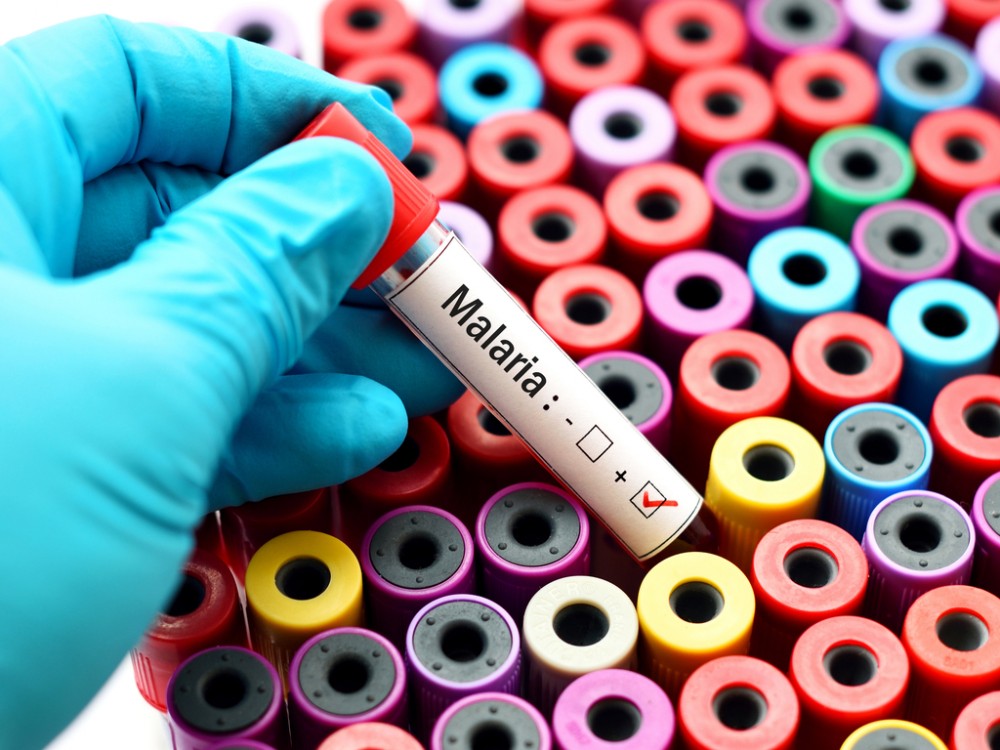
Public health officials warned that malaria response efforts are at a crossroad following the Wednesday release of a report that found 5 million more malaria cases were reported in 2016 than in 2015.
The World Health Organization’s (WHO) World Malaria Report 2017 concluded that funding shortfalls have jeopardized the global goal to reduce malaria by at least 40 percent by 2020. Public health officials warned that recent gains in malaria response could be lost without renewed commitment.
“In recent years, we have made major gains in the fight against malaria,” Tedros Adhanom Ghebreyesus, the director-general of WHO, said. “We are now at a turning point. Without urgent action, we risk going backwards, and missing the global malaria targets for 2020 and beyond.”
In 2016, an estimated $2.7 billion was invested globally to control and eliminate malaria. The annual investment required to reach the 40 percent reduction goal by 2020, however, is $6.5 billion. The funding shortfall contributed to the estimated 216 million cases of malaria reported in 91 countries in 2016, up from 211 million cases in 2015, the WHO report found.
“Clearly, if we are to get the global malaria response back on track, supporting the most heavily affected countries in the African Region must be the primary focus,” Tedros said.
Additional challenges to malaria control efforts identified in the report include areas of conflict in malaria endemic zones, ongoing humanitarian crises fueling public health risks and limited access to medical providers.
“We are at a crossroads in the response to malaria,” Pedro Alonso, the director of the Global Malaria Programme, said. “We hope this report serves as a wake-up call for the global health community. Meeting the global malaria targets will only be possible through greater investment and expanded coverage of core tools that prevent, diagnose and treat malaria. Robust financing for the research and development of new tools is equally critical.”




